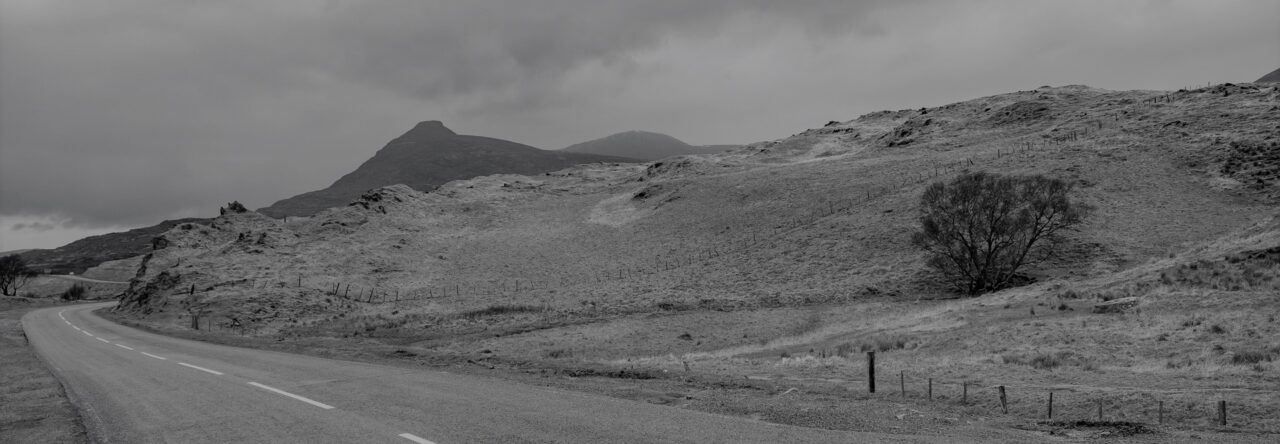As a project defined around the central aim of investigating “suicide cultures” in Scotland, we thought it might be a good idea to start talking about what we mean when we say we want to understand cultures of suicide. Culture is a concept that has been used to understand the ways that people live around the world. It brings out the nuanced nature of human connections and will be a useful tool in trying to decode the complexity behind why someone would take their own life.
The Evolution and Diffusion of Culture
Culture has been one of the most controversial concepts in the history of anthropology. Just as quantum physicists debate the nature and properties of particles, so anthropologists debate culture. The first theorists of culture in anthropology were firmly allied with European colonial power. The prominence of scientific racism in the 19th century opened the door to a hierarchical view of culture that saw different races on different stages of linear development that could be tied to characteristics such as skull size, social organisation, and “primitive Vs civilized” cultural practices (Chakrabarty 2007; Bridges 2011). Culture had a direction, said early anthropologists, who took for granted that European white culture was the most desirable and highest expression of human life, a form of organisation that all other societies would eventually arrive at.

